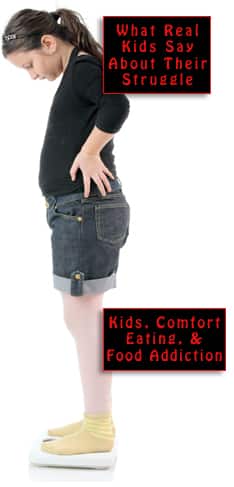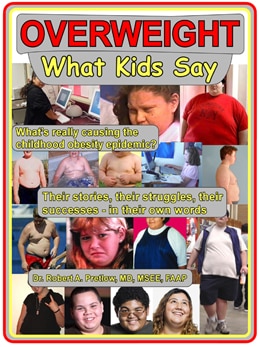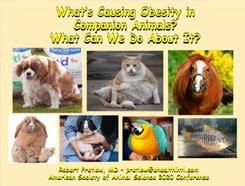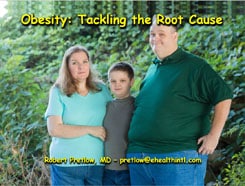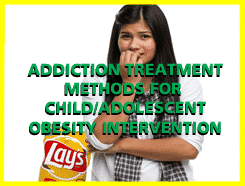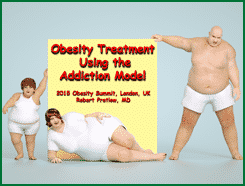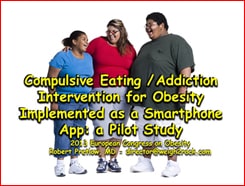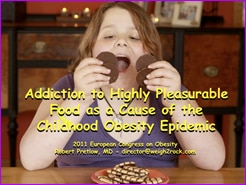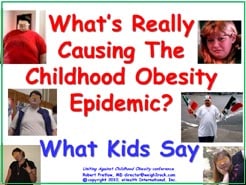GLP-1 and Akkermansia, the Rest of the Story
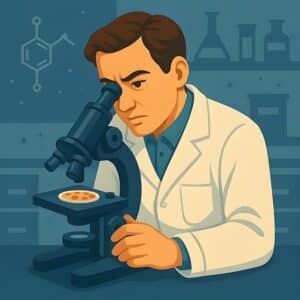
A few more things remain to be said about the bug (and tenant of our intimate innards) called Akkermansia muciniphila. As previously mentioned, its sole purpose in life is apparently to ensure that the human gut lining stays nicely knitted together and does not spring any leaks. And this is a worthy existence.
A person who wonders if they are hosting a beneficial proportion of this bug can find out from a stool test. Some of the circumstances that harm the organism are age, antibiotic use, stress, and a diet containing insufficient fiber. Unfortunately, the presence of oxygen prevents Akkermansia muciniphila from growing, so it is not available in food — with the sole exception of human breast milk, which is a great reason to breastfeed a baby for as long as possible. What a wonderful and irreplaceable gift to pass along to a newborn child!
It is possible to encourage one’s personal stock of the helpful bacterium by eating its favorite foods, like high-fiber vegetation and nondigestible carbohydrates. Note: People who suffer from, or are at risk for, inflammatory bowel disease should use caution and check with their doctors.
Now, what about the GLP-1?
Dr. Michael Ruscio informs us that, “In animal models, Akkermansia appears to stimulate the secretion of a hormone known as glucagon-like peptide-1 (GLP-1).” In other words, it’s like manufacturing gold. Imagine saying, “Farewell, Eli Lilly; au revoir, Novo Nordisk. From now on, I’ll be producing my own GLP-1 — right here in my own innards!”
This appears to be a real possibility. At the very least, it appears capable of keeping a microbiome in excellent health. If it can help us shed fat, too, so much the better!
Of course, we have to discount for “novelty bias,” and recall that the allure of the new tends to make people overlook shortcomings. The results gained so far in petri dishes and lab animals do not necessarily apply to human beings in the wild. It will take some time and a lot more study to get a handle on some of these questions.
In animals, at least, too much Akkermansia is as bad as too little. We should know a lot more about the bug before going overboard with the prescriptions, or before allowing civilians to overdose on it.
Dr. Ruscio points out that, despite strong evidence, “[W]e don’t know if low Akkermansia levels actually cause illness or not.” He also reminds us that we only have one small study to go on, so far, and consequently are a long way from knowing if this bug is our best bet for acquiring GLP-1 in aid of weight loss.
As scientists so often and so rightly repeat, more research is needed. We do not know enough about the metabolic effects and blood sugar benefits. “For now, existing probiotics (like Lactobacillus–Bifidobacterium blends) have more research and are more effective.”
And what about those claims of healing the leaky gut? “Basically, higher LPS suggests gut leakiness, and lower LPS indicates tighter intestinal wall junctions.” One study says,
After the participants took Akkermansia for 3 months, the researchers found they had lower serum LPS. This suggests that the gut wall had become less leaky, analogous to those fence boards fitting together more tightly.
While probiotics in general are useful for intestinal health and healing, Dr. Ruscio reminds us that Akkermansia has not been proven special in this area, and that above all, “[W]e should be careful not to try and micromanage the gut microbiome.” In other words, considering our vast ignorance of the whole field, we would do better to foster nourishment and balance in the whole system, rather than trying to pick a favorite based on abysmally scarce data.
The average cost of Akkermansia supplementation would be in the neighborhood of $60 to $80 per month, which is inexpensive compared to the standard GLP-1 meds — but nobody knows yet how much would be needed, for how long, or what happens when the patient quits swallowing extra bacteria? Anyway, here is Dr. Ruscio’s specific advice:
We’ll get more information on Akkermansia in time. But for now, it’s probably better and more cost-effective for your gut health to stick to the three well-studied probiotic categories. These are a Lactobacillus and Bifidobacteria blend, soil-based probiotics, and the beneficial yeast Saccharomyces boulardii.
Your responses and feedback are welcome!
Source: “Getting To Know Your Gut Bugs: Akkermansia Muciniphila,” DrHyman.com, 07/25/21
Source: “What Is Akkermansia? Here’s Everything to Know Before You Start Taking Supplements,” GoodHousekeeping.com, 05/13/25
Source: “Fact-Checking The 4 Most Popular Akkermansia Claims,” DrRuscio.com, 10/07/24
Image by vocablitz/Pixabay


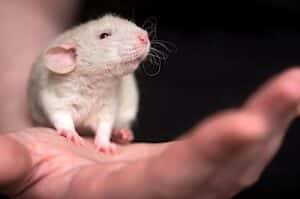


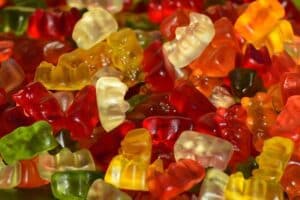




 FAQs and Media Requests:
FAQs and Media Requests: 